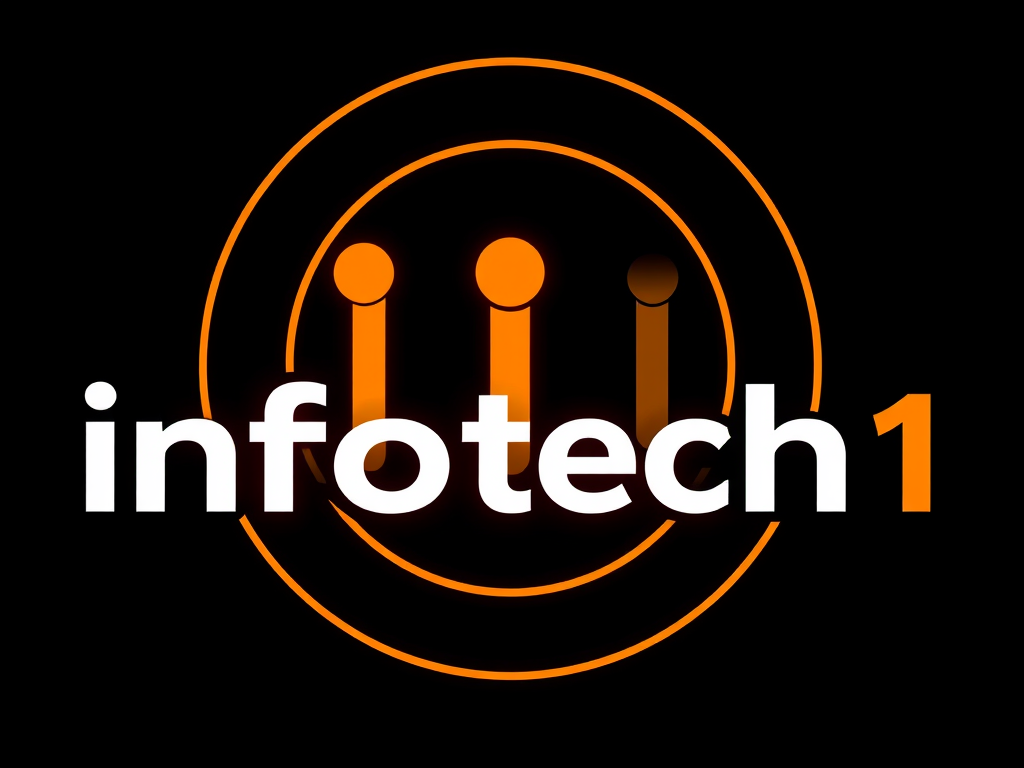Finding the perfect AI voice-over tool transforms your content from ordinary to captivating. Advanced platforms like Murf offer realistic, customizable voices across dozens of languages, speeding up production while ensuring professional quality. Whether for marketing, e-learning, or podcasts, leveraging cutting-edge AI makes voice creation faster, more flexible, and remarkably natural, opening new possibilities for multimedia projects of all sizes.
Essential Guide to the Best AI Voice-Over Tools for Realistic and Professional Audio
User demand for AI voice-over technology now centers on realistic delivery, customization, and fast results—across videos, podcasts, training, and marketing content. Options abound, but to make an informed choice, check out the best ai voice-over solutions from trusted, widely-used providers.
In parallel : Unlocking customer engagement: augmented reality strategies for uk marketers
Direct comparison reveals key differences: Murf stands out with over 2,000 customizable voices in more than 40 languages, advanced voice cloning, a vast integration ecosystem, and robust controls for pitch, pace, and emphasis. ElevenLabs offers more than 3,000 voices, fine-tuned filters, and highly adjustable models. Speechify shines for natural cadence and workflow features, while WellSaid Labs excels in word-level customization. PlayPlay simplifies multilingual video voice-overs with direct timeline integration and supports over 140 accents.
Important criteria include voice realism, the diversity of the voice library, easy customization, multilingual support, free plans, commercial usage rights, and security standards. These platforms offer both free tiers—ideal for experimentation—and professional options tailor-made for enterprise needs, ensuring anyone can access compelling, natural-sounding AI voices for every multimedia project.
Also read : Discover top ai tools for creating amazing voice overs
Comparing Leading AI Voice-Over Solutions: Features and Unique Advantages
The essential differences among top AI voice synthesis platforms lie in their customization depth, voice library scale, and workflow integration. Murf stands out with detailed control for pacing, intonation, and AI-generated voice content. ElevenLabs emphasizes sheer volume, offering thousands of best AI voice actors with advanced filtering by accent or emotion. Speechify excels in AI voice-over app reviews for producing highly rhythmic, human-like cadences.
Distinctive features shape user experiences across these AI voice-over platform comparisons:
- Murf supports voice cloning and team collaboration with editor comments and pronunciation libraries, making it highly adaptable for businesses managing frequent updates or branding needs.
- ElevenLabs brings vast, filterable choices—beneficial for content creators seeking tailored AI-generated voice content or unique character voices.
- PlayPlay integrates AI voice-over technology directly with video, enabling real-time previews and streamlined video editing.
- Tools like WellSaid Labs and Respeecher specialize in word-by-word adjustments and creative transformations, whereas Altered introduces quick voice cloning and a full audio editor.
Across these best AI voice synthesis platforms, integration with workflow tools, voice personalization, and global language support shape how AI voice-over platform comparisons meet diverse content production demands.
Voice Customization, Cloning, and Emotional Control
AI voice-over customization features now make it possible to manipulate pitch, pace, intonation, and emphasis with meticulous precision. Voice modulation AI tools let content creators fine-tune how each word is delivered, from subtle adjustments in speed and stress to comprehensive control over vocal nuances. This depth ensures that everything from e-learning modules to marketing materials achieves a natural, engaging impact without requiring a human actor.
With recent advances in AI voice cloning software, users can generate highly personalized synthetic voices for branding or creative storytelling. These systems allow for training on unique vocal patterns, creating a digital voice twin with striking similarity. However, ethical considerations are paramount—transparent consent and intellectual property safeguards must guide all cloning efforts to protect both creators and the original voice owners.
The introduction of robust AI voice emotion control and AI voice tone adjustment features has radically improved storytelling and brand communication. By capturing subtle emotional cues—like enthusiasm, curiosity, or empathy—voice synthesis can now connect with listeners more deeply. For enterprises and content creators alike, this enables tailored, realistic AI-generated voice content for commercials, podcasts, explainer videos, and real-time applications across languages and cultures.
Multilingual and Multiplatform Support: Expanding Global Reach
AI voice generators with multiple languages are reshaping communication for businesses and content creators. Precision-first, these platforms rely on extensive libraries offering demographic, accent, and linguistic diversity. This breadth is vital for AI voice-over for multilingual projects, matching regional nuances in e-learning, audiobooks, or corporate videos.
AI voice-over for e-learning can now seamlessly switch between dozens of languages and accents. This approach enables global accessibility and localization: training programs or educational modules can be instantly adapted for learners worldwide. Accessibility features supported by these generators—such as natural-sounding AI narration for different age groups—help break down learning barriers and foster inclusion.
Utilizing AI voice-over for corporate videos ensures marketing and internal communication land sensitively in every target region. Compatibility matters. Integrating AI voice generators with multiple languages into established workplace tools—from content management systems to editing software—streamlines production. Teams can easily generate, review, and deploy voice-overs through shared workflows, no matter the physical location.
For authors and publishers, AI voice-over for audiobooks offers precise language and tonal choices, promoting engaging, accessible content across platforms and devices. The result: interactive, cost-effective voice solutions that keep pace with the dynamic needs of multilingual, multiplatform enterprises.
Pricing Structures, Free vs Premium Features, and Commercial Use Rights
AI voice-over pricing models differ significantly, influencing which option will best match a user’s needs for AI-generated voice content—whether casual, commercial, or enterprise. Free AI voice-over generators, including trial versions of platforms, generally restrict usage to 10–1000 minutes of generated or previewable audio, ideal for personal projects or testing. Advanced features for natural-sounding AI voices, such as higher-quality synthesis, commercial downloads, multi-user collaboration, and voice customization, reside behind premium subscriptions.
Premium tiers in the best AI voice synthesis platforms unlock expanded libraries, export rights, and commercial use, with pricing starting from around $4 up to $49 monthly. Businesses relying on AI narration tools for videos, e-learning, or marketing value these features for scalable, legally safe content.
Commercial use rights are crucial in any AI voice-over pricing models—royalty-free voices and explicit licensing mean users can confidently integrate voice-overs into products, ads, courses, or podcasts. Providers like Murf emphasize ethical AI, requiring documented consent for source voices and ensuring all AI voice-over royalty-free voices are protected by copyright frameworks and robust encryption.
For enterprises, small businesses, and content creators alike, the ability to choose between free basic tools and comprehensive, customizable upgrades supports cost control and creative flexibility in AI voice-over use.
User Experience, Security, and Ethical Standards in AI Voice Generation
AI voice-over technology transforms how teams collaborate and streamline content creation. Platforms now integrate AI-generated voice content directly with cloud-based tools, letting team members co-edit scripts, adjust tone, and preview natural-sounding AI voices in real time. This workflow improves efficiency for marketing, e-learning, and social media teams, delivering consistent quality on fast timelines.
AI voice-over data privacy concerns are central to modern platforms. Advanced AI voice-over platform security measures, such as end-to-end encryption and compliance with SOC 2, ISO, and GDPR, protect all user data and voice libraries. Trusted providers ensure only authorized users can access stored voice-overs, helping reduce risks tied to synthetic voice misuse.
Ethical considerations address risks of voice cloning. To mitigate deepfake threats and misuse, industry standards require clear consent from voice owners and royalty payment to artists whose voices are replicated with AI voice-over technology. Leading tools routinely update security features, respond to emerging AI voice-over updates, and maintain transparency. Dedicated AI voice-over customer support empowers users to seek guidance in privacy, copyright, and misuse prevention.
Choosing the Best AI Voice-Over Tool for Your Needs: Expert Takeaways and Practical Recommendations
Selecting an AI voice-over solution starts with identifying where it will make the largest impact—whether you’re creating videos, launching podcasting projects, building e-learning modules, or enhancing marketing campaigns. AI-generated voice content now delivers professional quality across all these applications with remarkable speed and consistency.
For video creators, look for AI voice-over user guides and customization features that streamline integration into editing workflows. Top AI voice generator apps excel at providing natural-sounding AI voices and allow you to choose accents, emotional tones, and pacing to suit storytelling or brand messaging. Testing free AI voice-over tools helps evaluate voice clarity, accuracy, and creative control before any purchase.
Marketers and corporate trainers benefit from best AI voice tools for YouTube creators and marketing campaigns, which support multilingual outputs and accessibility options. These modern solutions ensure AI voice-over for accessibility is prioritized, making audio content understandable for wider audiences.
Stay alert to AI voice-over best practices: experiment with trial versions, adjust voice parameters for audience engagement, and use workflow features like batch processing and script-level editing. Robust data privacy and ongoing support should always be core selection criteria as you scale up AI-generated voice content in 2025.





